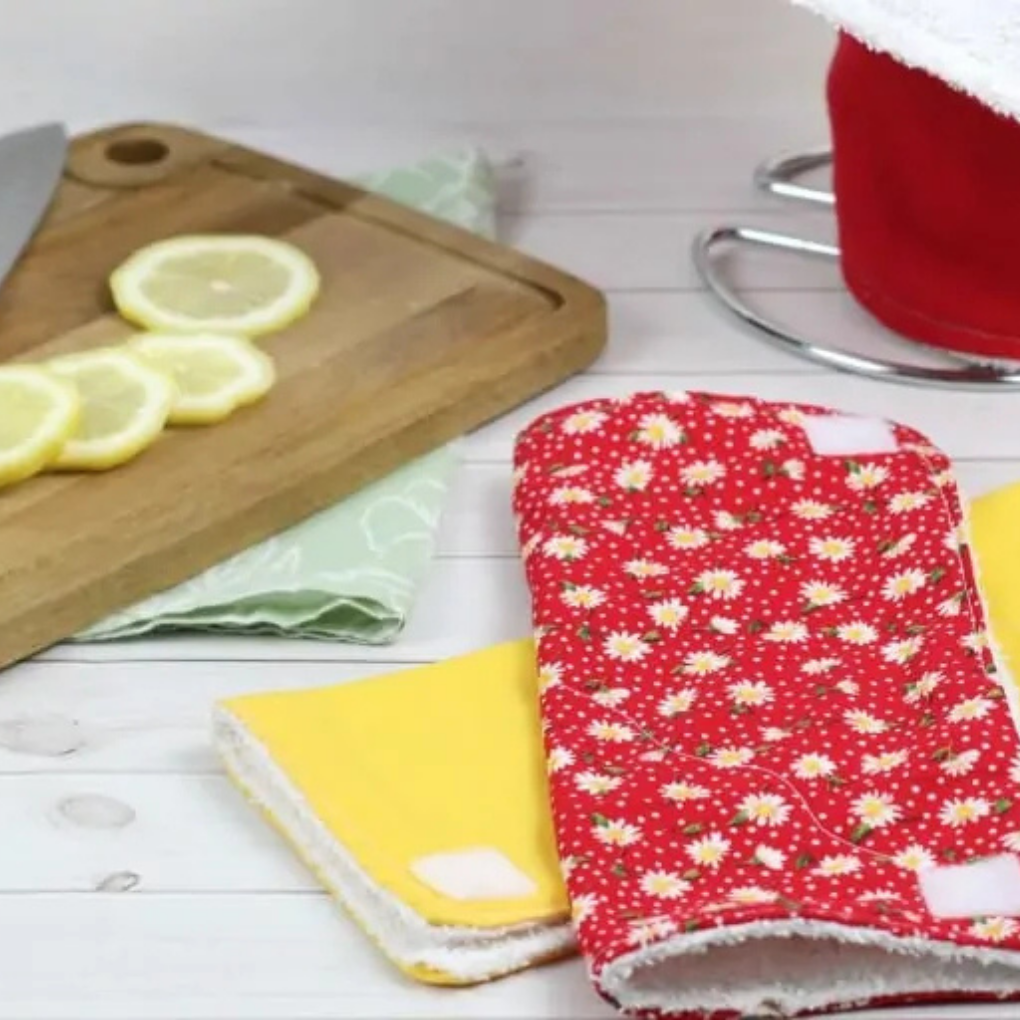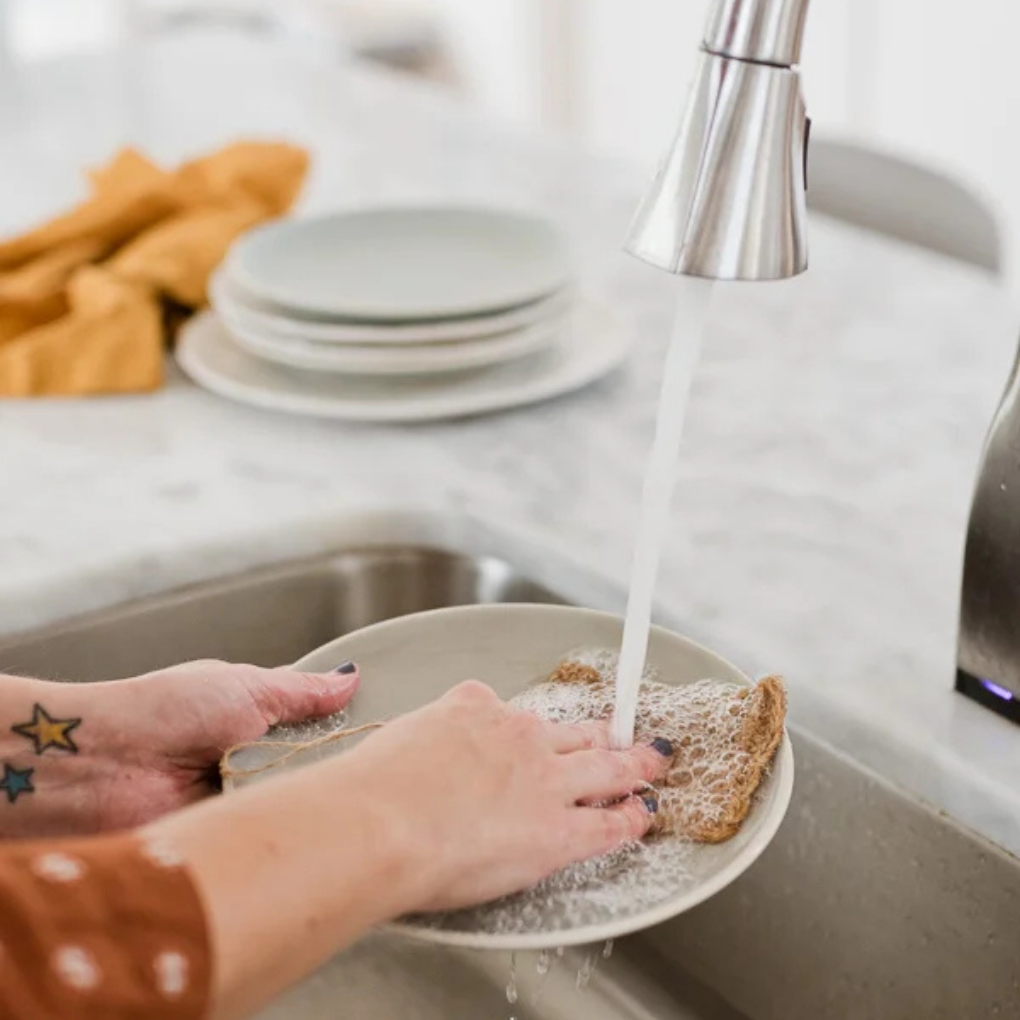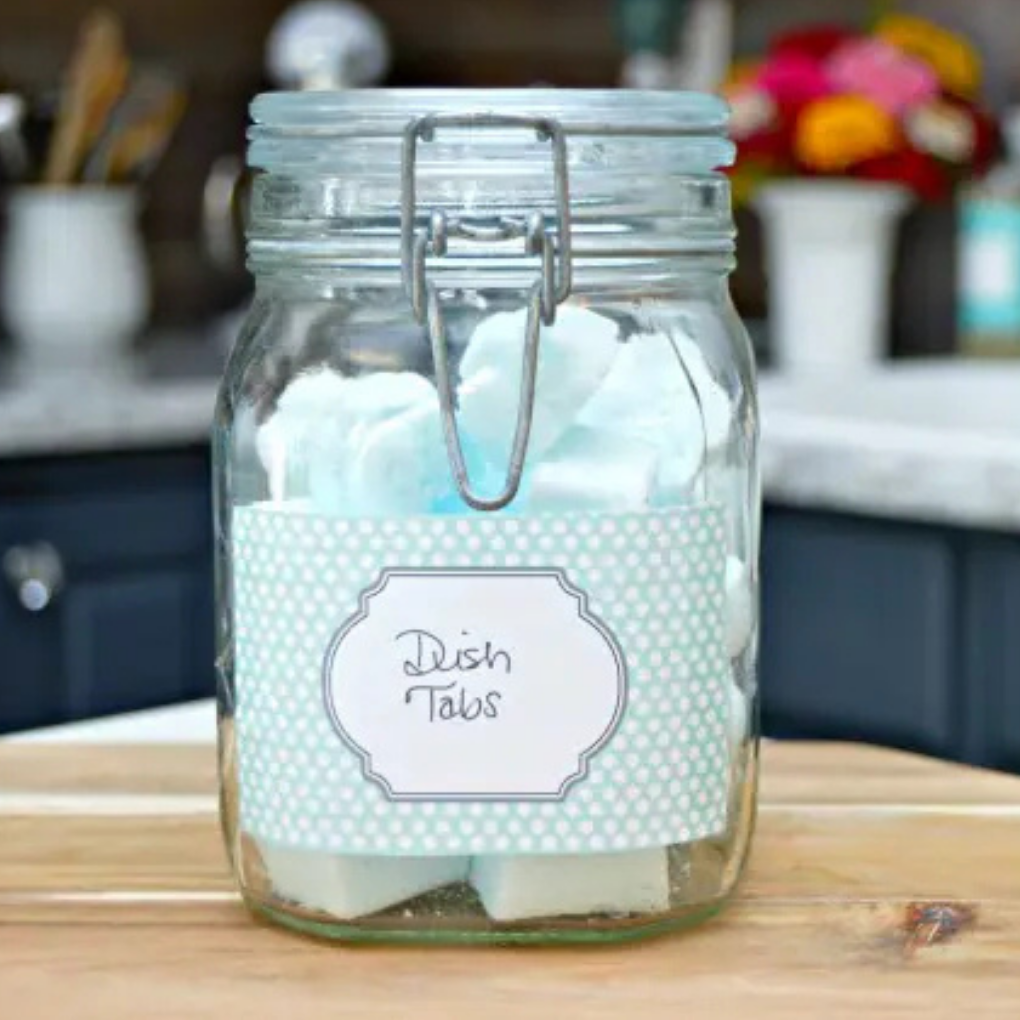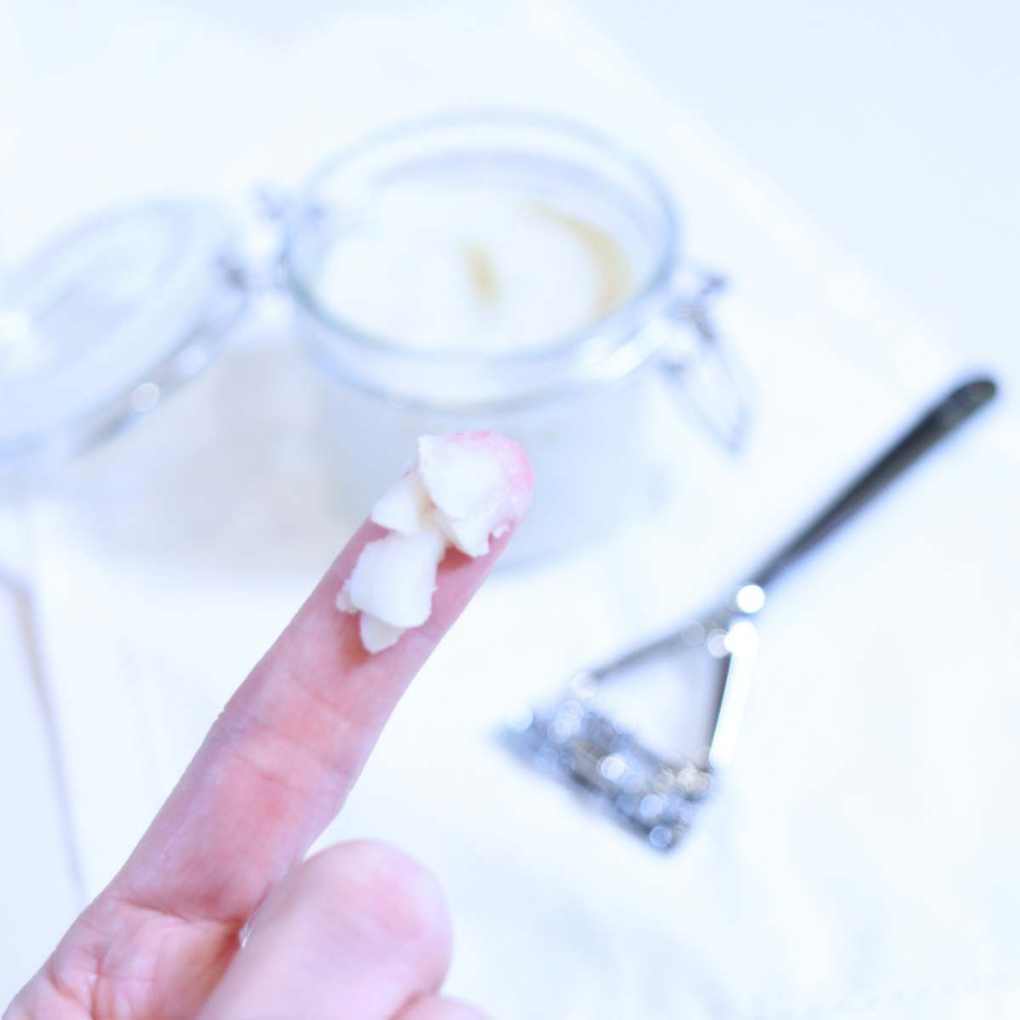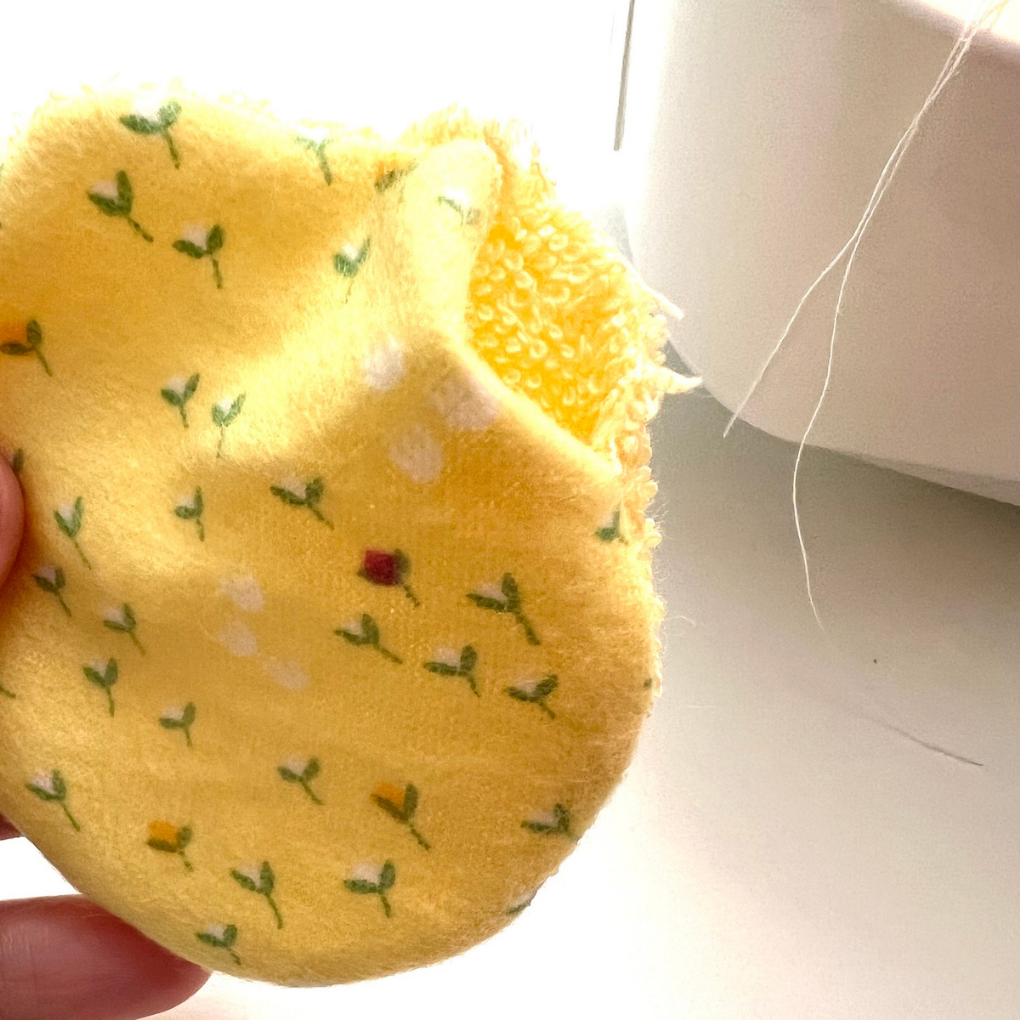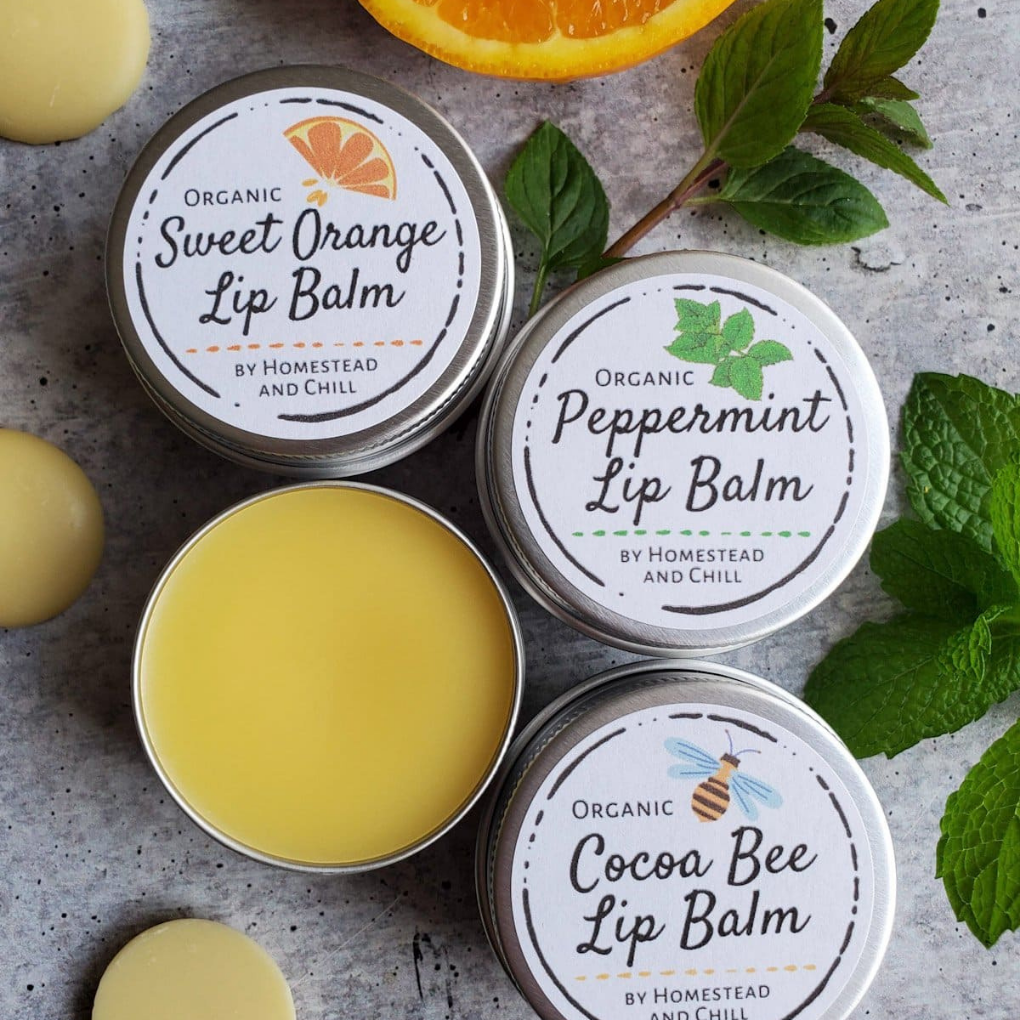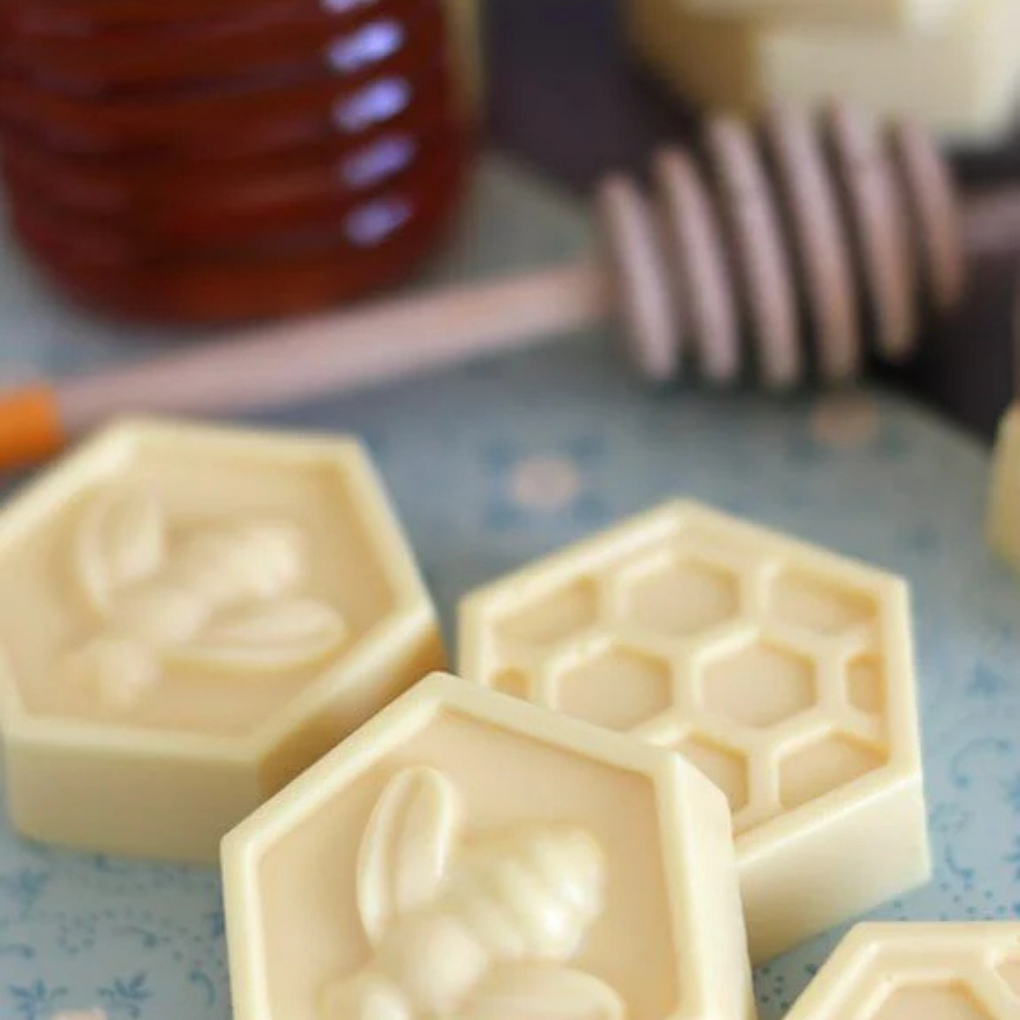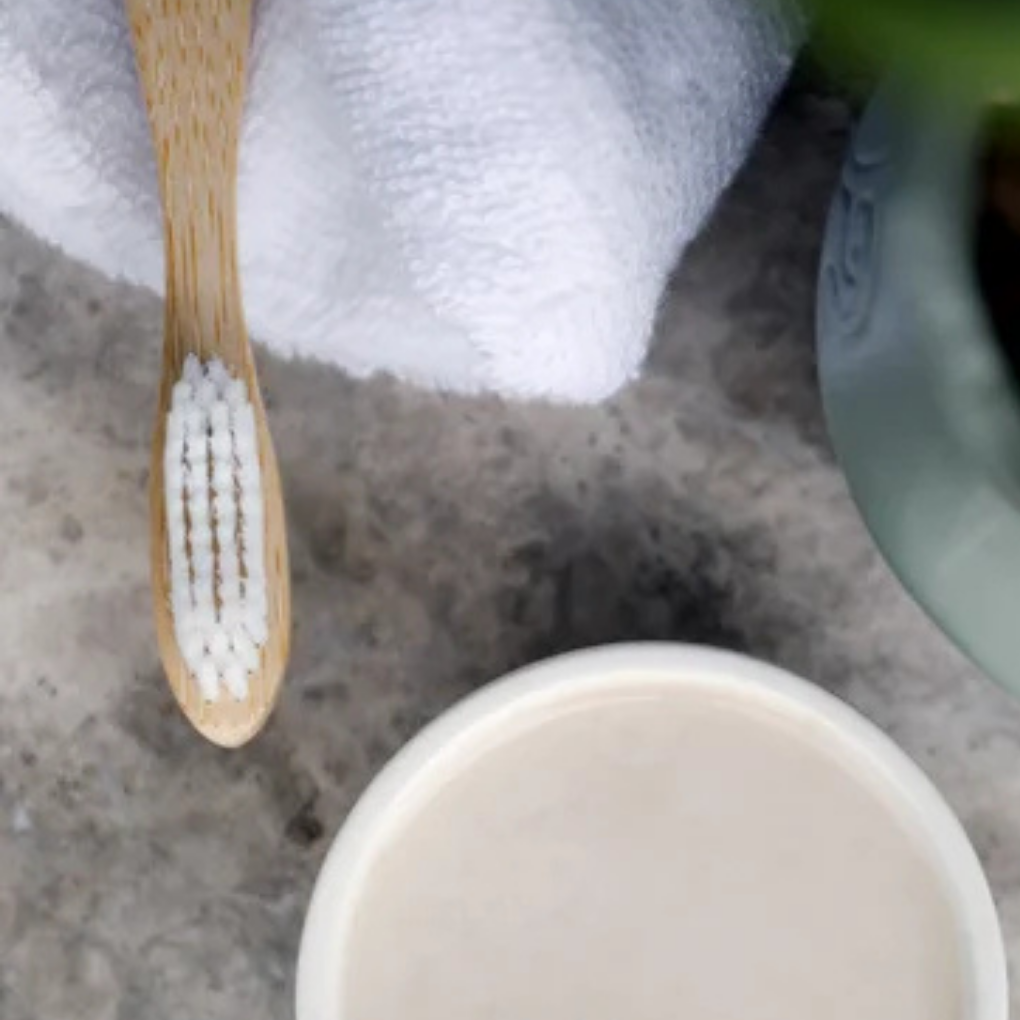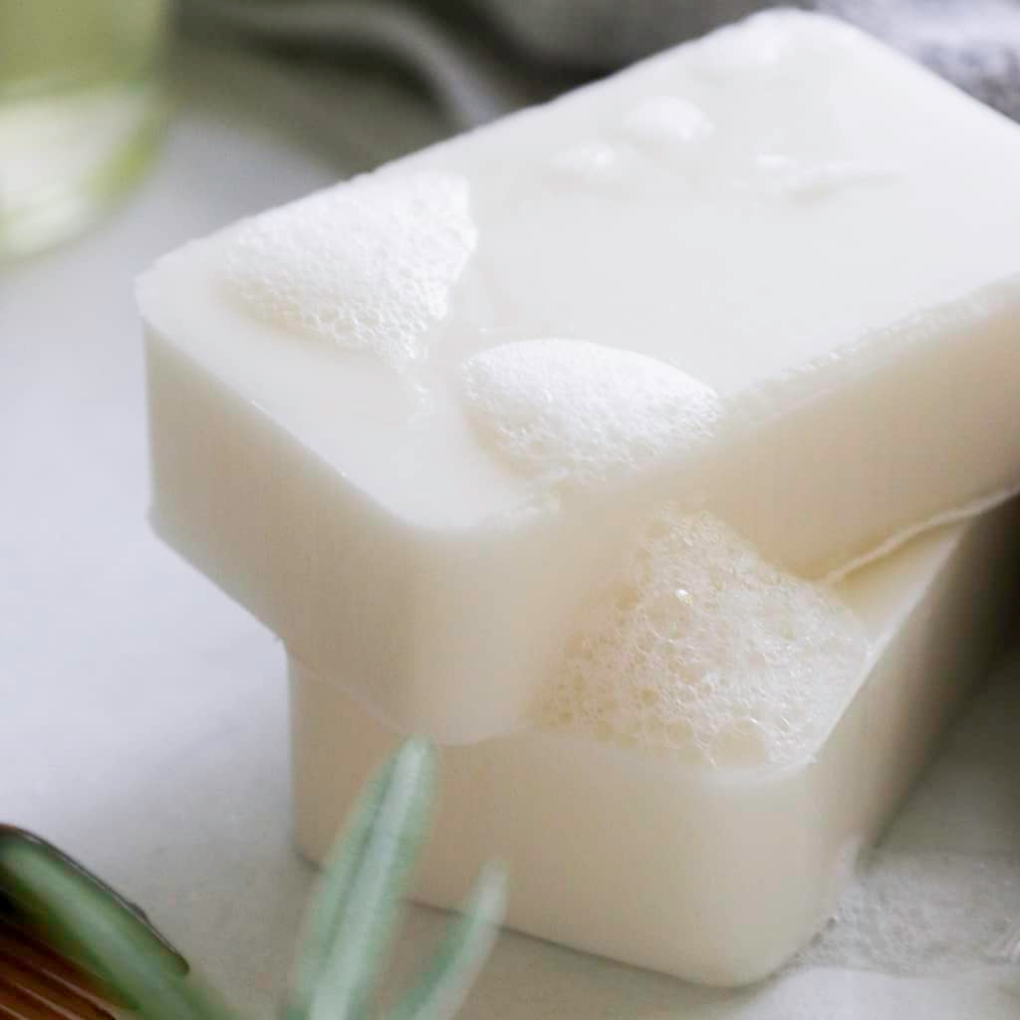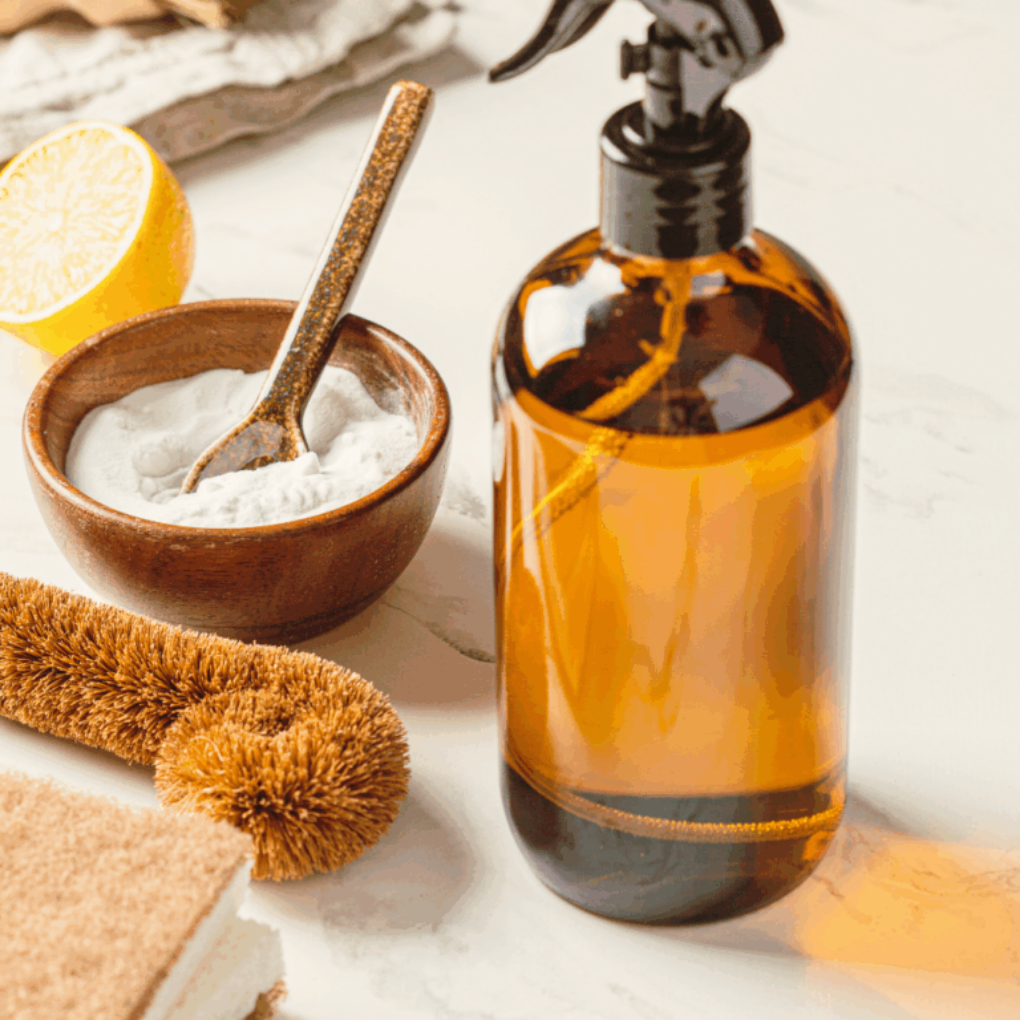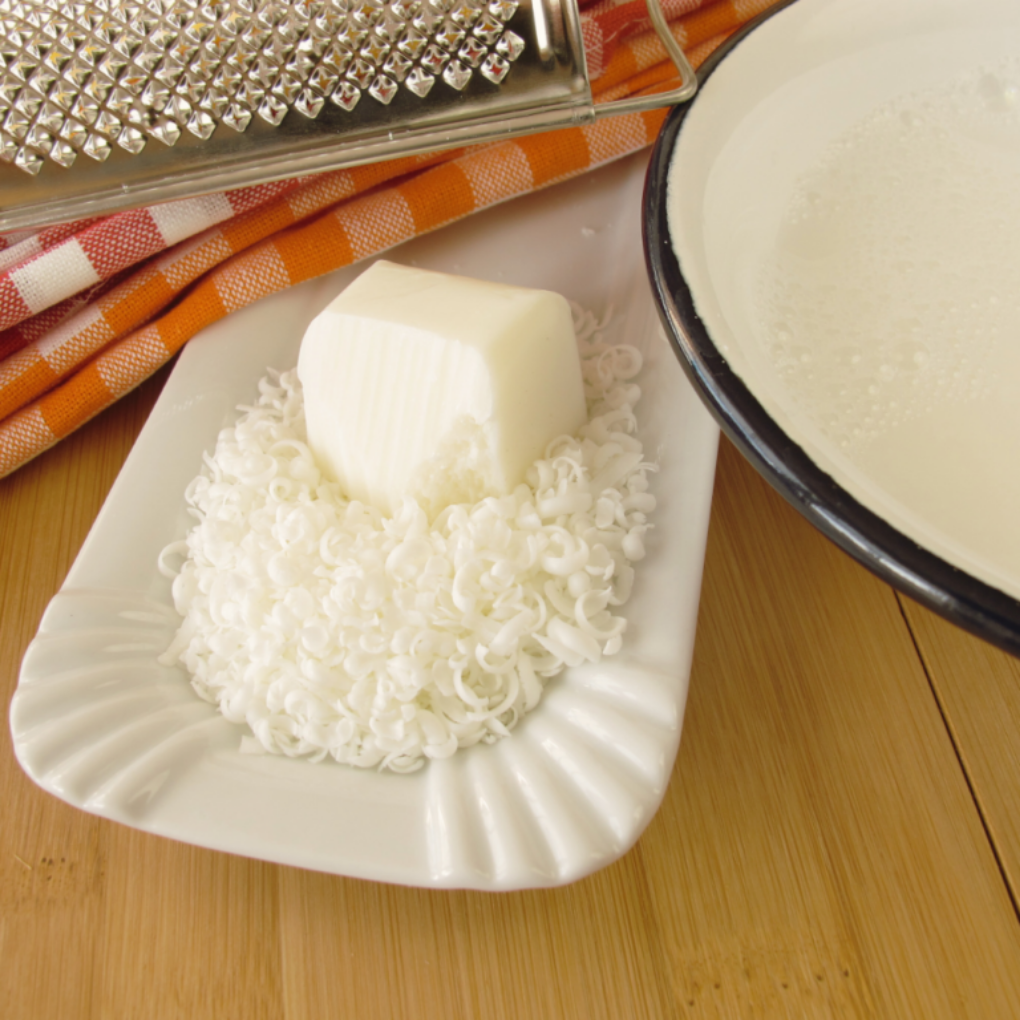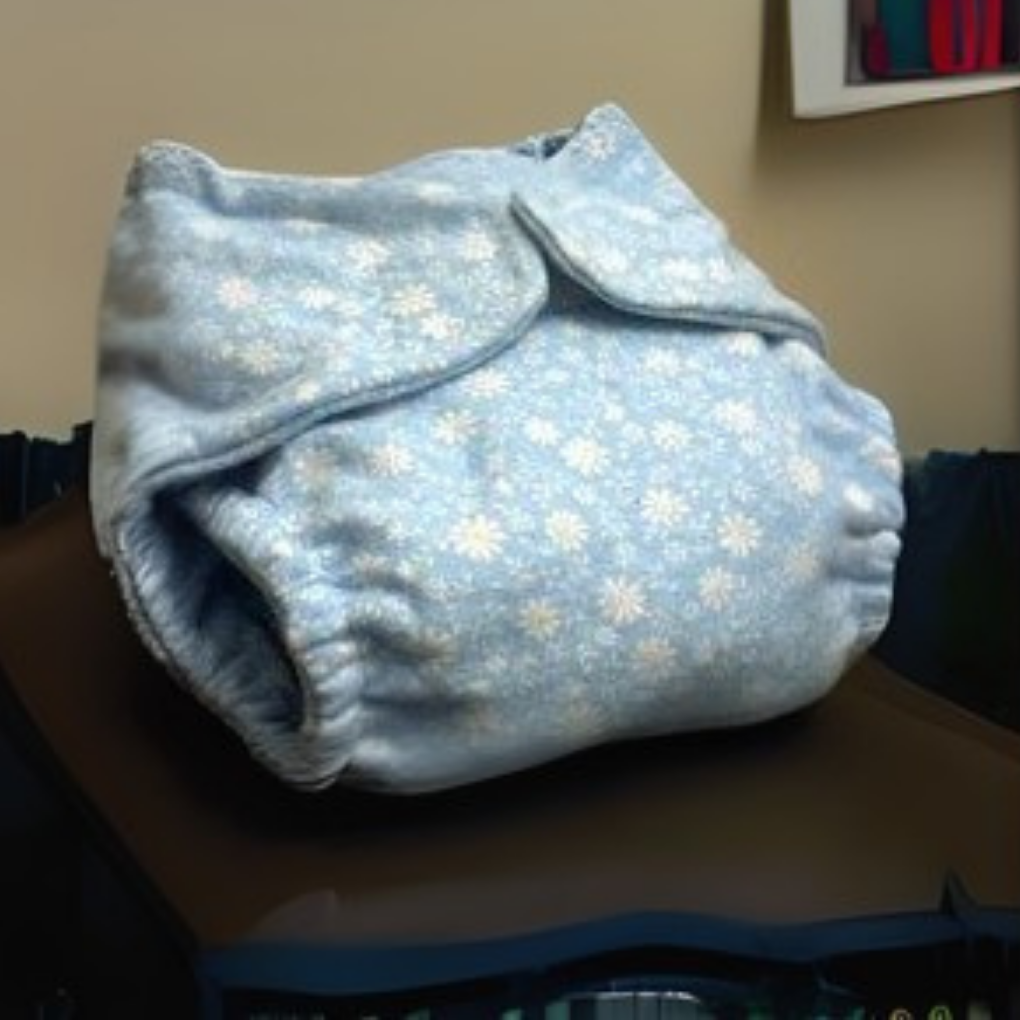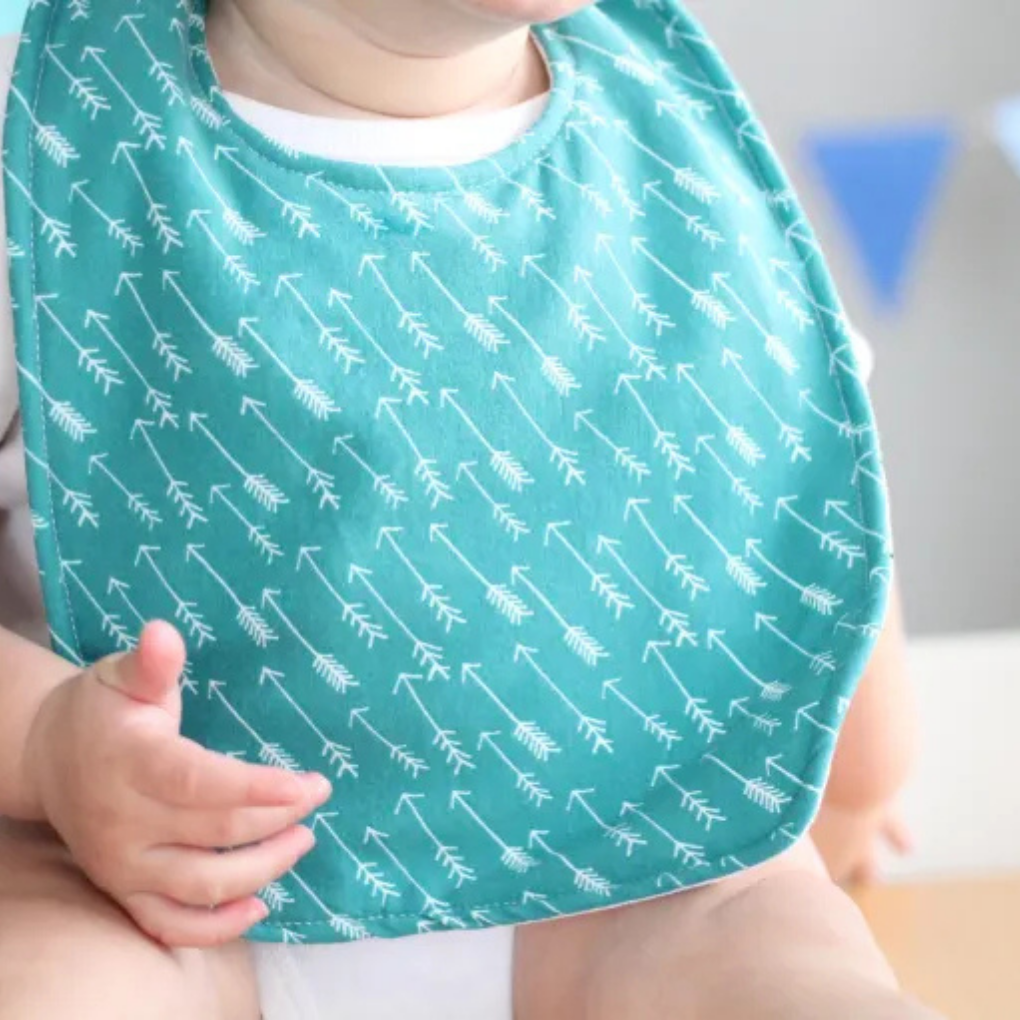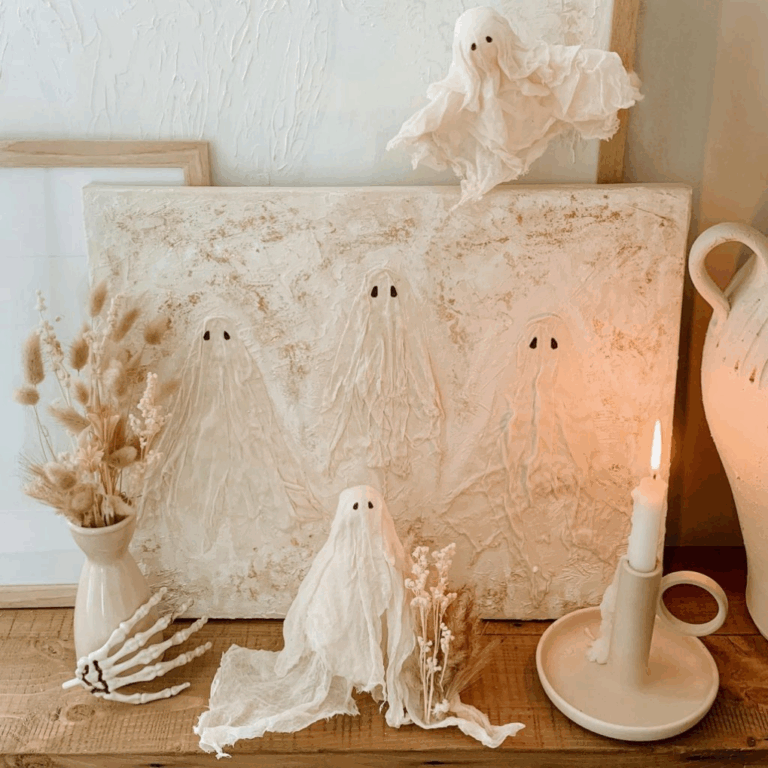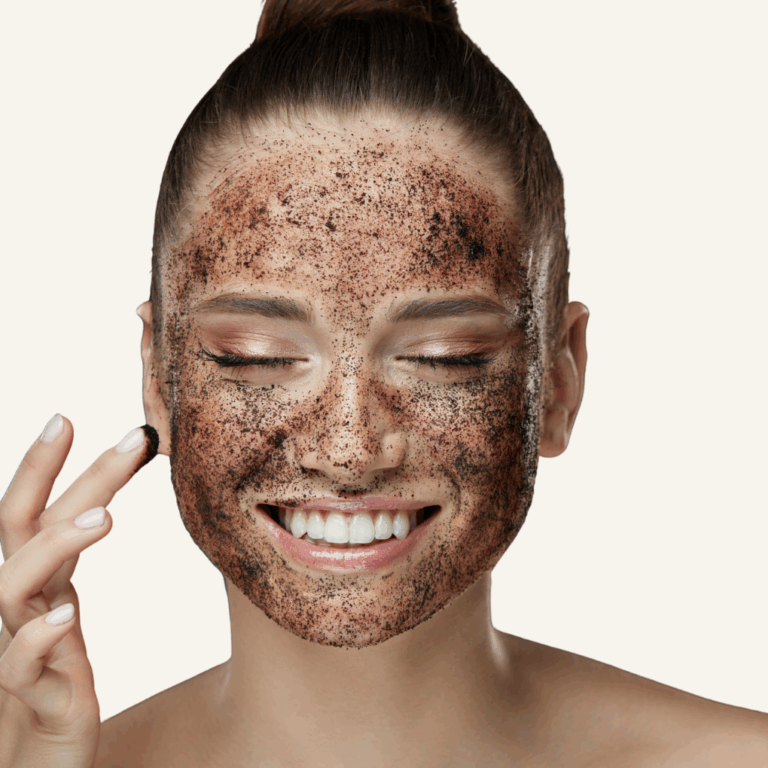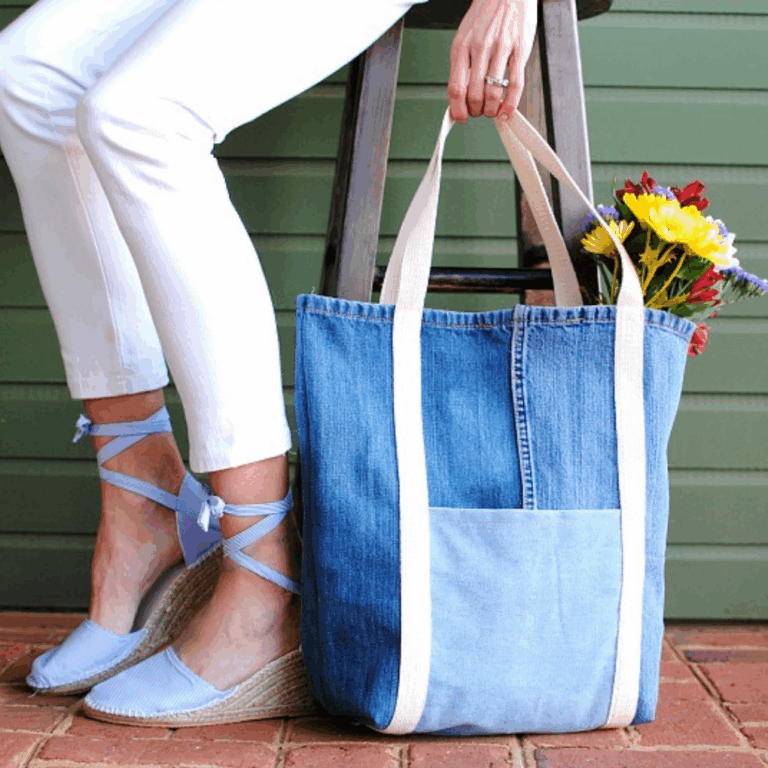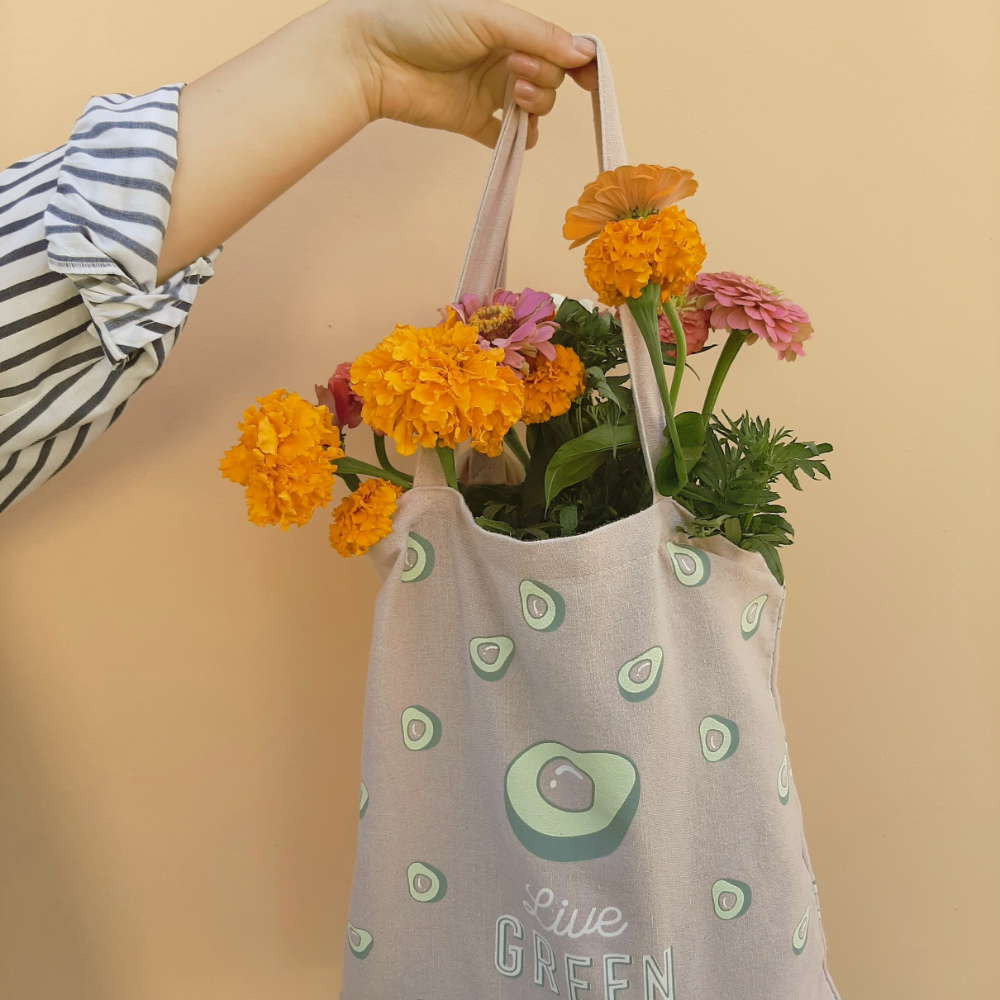
Key Takeaways
- Eco-friendly DIY swaps replace single-use plastics with reusable, plastic-free alternatives.
- These projects reduce microplastic pollution while saving money and natural resources.
- Packaging DIYs in glass, fabric, or metal ensures every part of the swap stays sustainable.
Every year, the world produces over 400 million tons of plastic waste, and a substantial portion of it remains unrecycled and never truly decomposes. Instead, it breaks down into microplastics that end up in our soil, oceans, food, and even the water we drink.
One of the easiest ways to address this problem is by trying a few eco-friendly DIY swaps. Simple projects, such as sewing reusable bags, mixing your own cleaners, or making natural skincare, can help replace single-use plastics and reduce waste.
The best part is that these swaps are not only fun and affordable but also often healthier for your home. And when you store them in glass jars, fabric wraps, or metal tins, you keep the whole process completely plastic-free.
Why Try Eco-Friendly DIY Swaps?
Eco-friendly DIY swaps go far beyond simple crafts. They’re practical changes that save money, cut down on waste, and give you more control over what comes into your home. Each swap is a small step toward reducing plastic and microplastic pollution while creating healthier habits for you and your family. Here are some of the key benefits you’ll see once you start making the shift.
💰 Save Money
One of the first things you’ll notice is how much money you save. Replacing disposable products with durable, reusable alternatives means you won’t have to restock paper towels, snack bags, or wipes constantly. A little effort up front pays off in significant savings over time.
🌍 Reduce Plastic Waste
Every swap you make also helps reduce plastic waste and fight microplastic pollution. Single-use plastics don’t just vanish — they break down into tiny fragments that end up in our food, water, and air. DIY alternatives cut that cycle short by avoiding plastic altogether.
🩺 Protect Your Health
There’s also a health benefit. Many store-bought products contain hidden chemicals, synthetic fragrances, or plastics that aren’t great for our bodies. When you make your own, you choose the ingredients and avoid the extras you don’t want.
🎨 Customize Your Lifestyle with Style
DIY swaps give you freedom to customize. Whether it’s a lip balm that smells like peppermint, a fabric pattern you love for reusable bags, or wipes gentle enough for sensitive skin, these projects can be tailored to your family’s needs and style.
🏡 Build Sustainable Habits
Making and using your own products builds lasting habits. Small, sustainable swaps add up, and over time, they transform your home into a space that feels greener, healthier, and more intentional. And the bonus? Your choices inspire others to rethink plastic, too.
Eco-Friendly DIY Swaps: 18 Plastic-Free Ideas
Looking for a straightforward approach to reduce plastic waste and adopt a more sustainable lifestyle? These eco-friendly DIY swaps make it easy to replace disposables with plastic-free alternatives. Each small change helps reduce microplastic pollution and supports a healthier planet. Start with just one swap and you’ll see how much of a difference it can make.
🍽️ Plastic-Free Kitchen Swaps
Reusable Lunch Bags
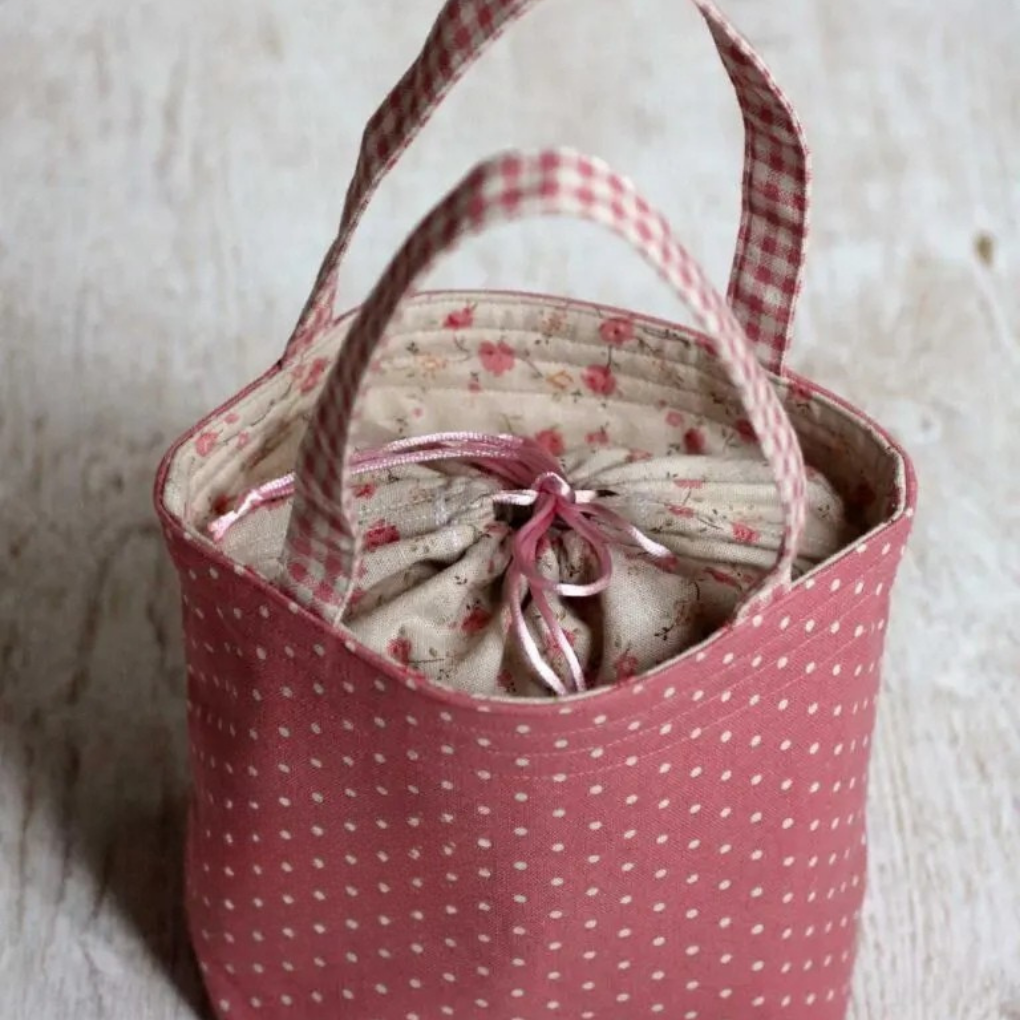
Tutorial: DIY Lunch Box Bag by Craft Passion
Using natural fabrics like cotton, you can sew a reusable lunch bag that’s washable, sturdy, and built to last. It’s a fun way to reduce plastic packaging while adding a touch of personality to your routine.
Impact
Millions of disposable paper and plastic lunch bags are still discarded every year, and the environmental footprint is larger than most people realize.
Paper bags contribute to deforestation and consume significant amounts of water, while plastic bags persist for centuries, breaking down into microplastics that pollute ecosystems.
Switching to a reusable bag is a small swap that saves resources, reduces waste, and lowers your carbon footprint with every meal.
Snack Bags
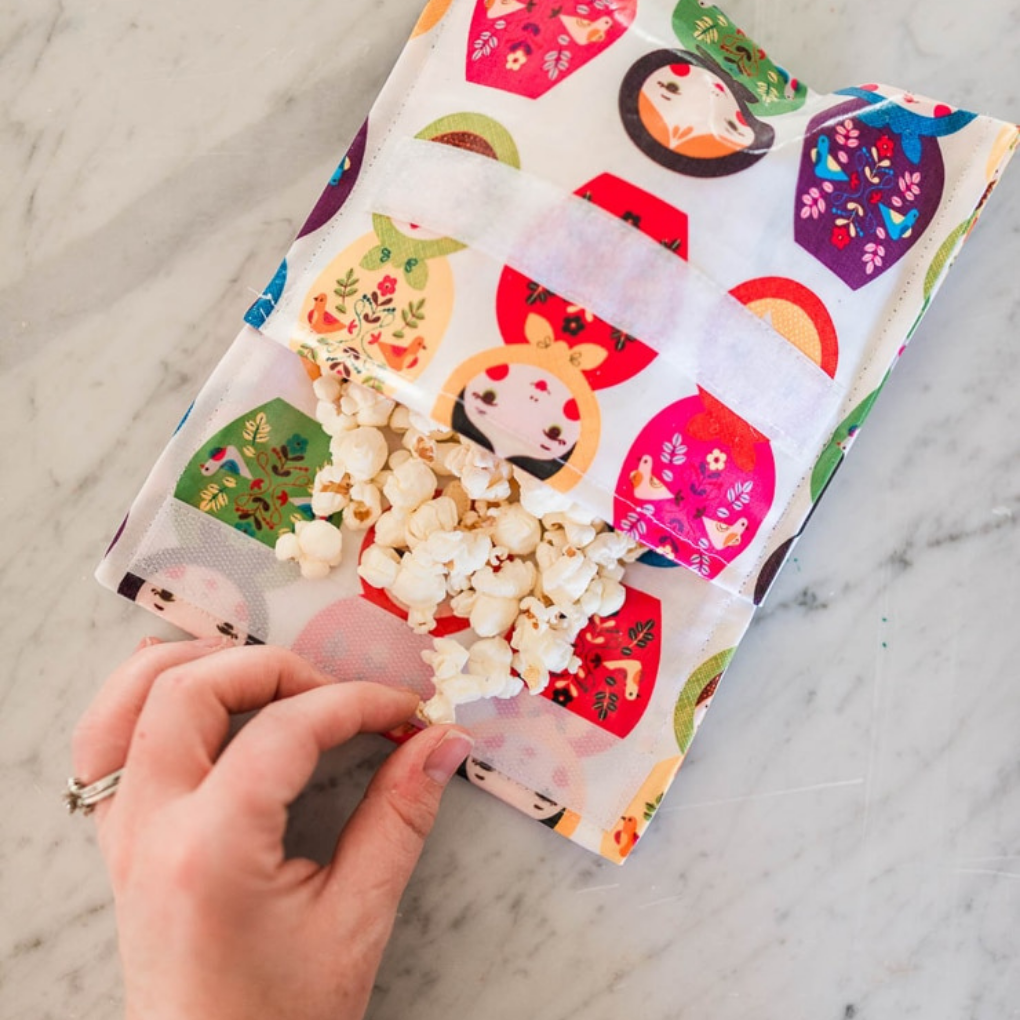
Tutorial: DIY Reusable Snack Bags by The DIY Mommy
Skip the plastic zip bags and stitch up your own fabric snack bags. Cotton or beeswax-coated fabric works best, as it can be washed and reused repeatedly.
Impact
Plastic snack bags don’t just disappear after one use. Most are made from polyethylene, a material that can take centuries to break down. As they fragment, they become microplastics that enter waterways, soil, and even food chains.
✨ Tip: Many tutorials use laminated fabrics that contain plastic. Stick with untreated cotton or beeswax wraps for a fully plastic-free option.
Cloth “Paper” Towels
Sewing your own cloth paper towels is one of the easiest swaps with the most significant impact. All you need is cotton, flannel, or terry cloth.
Cut them into squares, hem the edges, and either roll them onto a paper towel holder or I stack mine in a basket. They wash up beautifully and can be used hundreds of times.
Impact
Americans use over 13 billion pounds of paper towels every year. That means wasted trees, tons of packaging, and piles of landfill waste. Cloth towels reduce deforestation, save money, and eliminate plastic packaging from your kitchen.
Stylish Bowl Covers
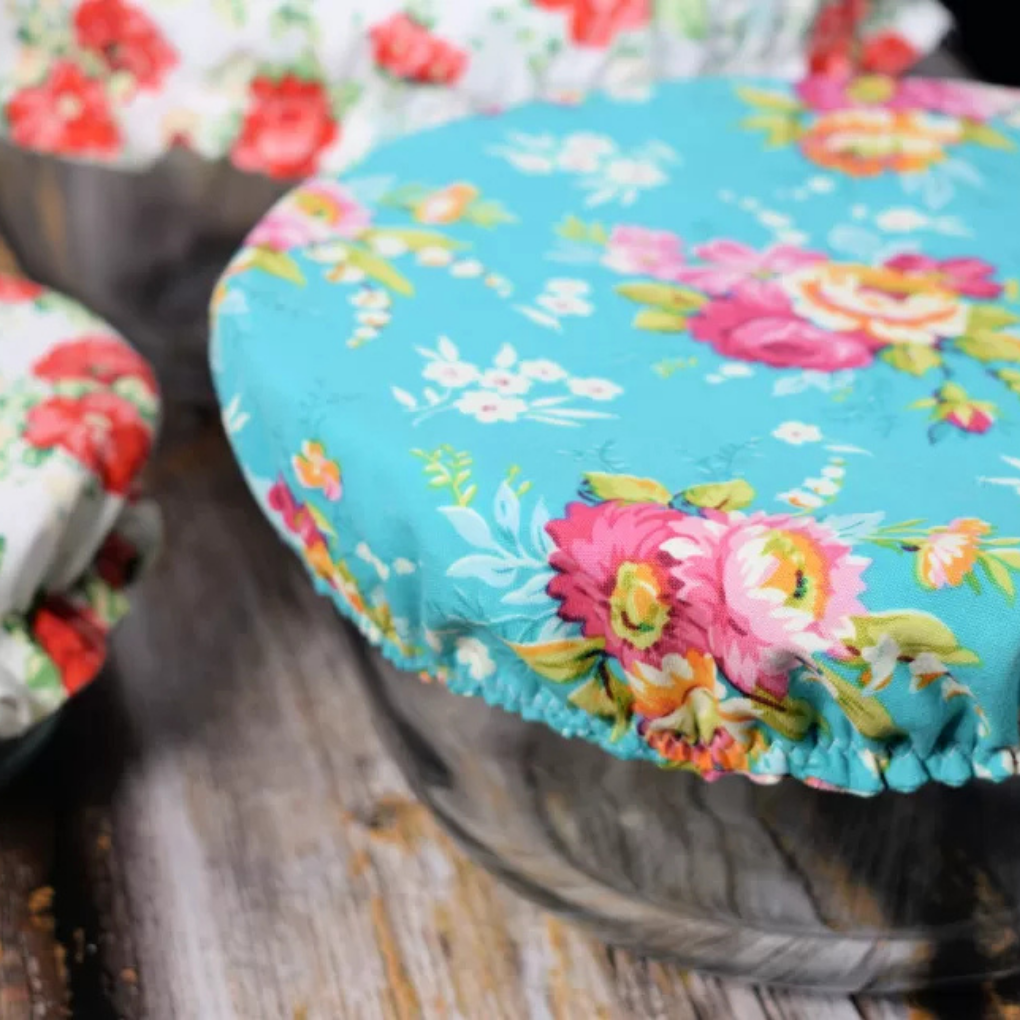
Tutorial: DIY Reusable Bowl Covers by Idea’s Farm
Make your own fabric bowl covers with cotton and a bit of elastic. They slip over bowls, casseroles, or even jars and can be washed and reused for years.
You can make different sizes to cover everything from leftovers to rising bread dough. They also look much prettier on the table than plastic wrap.
Impact
Plastic wrap is nearly impossible to recycle and is made from PVC and PVDC — materials that can release toxic dioxins when burned. Reusable bowl covers save money, protect your food, and prevent harmful plastics from entering landfills.
Reusable Grocery Bags
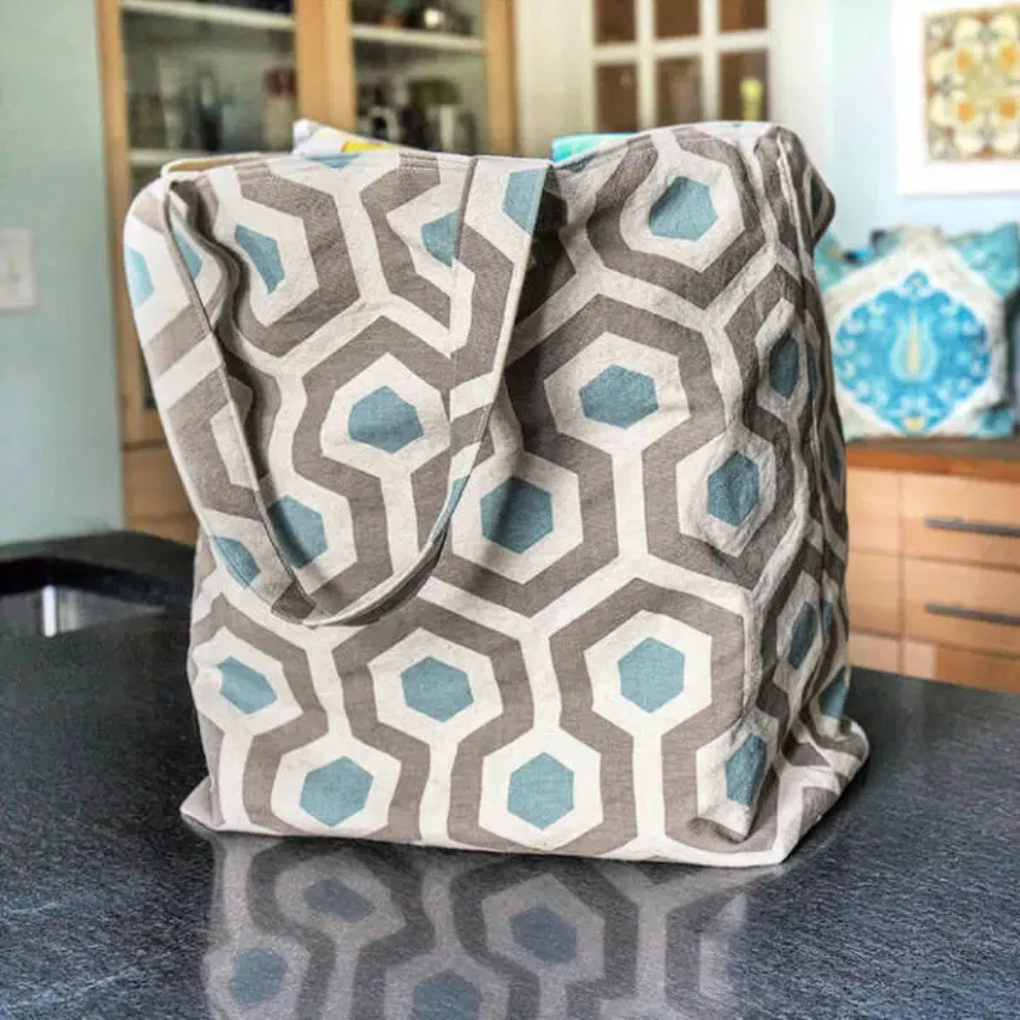
Tutorial: DIY Reusable Grocery Bag by DIY Craftsy
With sturdy cotton or canvas, you can sew your own grocery totes that hold way more than flimsy plastic bags. Add extra-long straps for over-the-shoulder carrying or pockets for produce, and you’ll have a bag that works for every kind of shopping trip.
They’re washable, durable, and you can make a whole set for the family. And if you live in a city like Seattle, where stores charge for paper or plastic bags, bringing your own isn’t just eco-friendly, it also saves you money every time you shop.
Impact
The average American uses around 365 plastic bags a year. Most recycling systems can’t handle them, so they end up in landfills, incinerators, or waterways, where they take over 1,000 years to decompose.
Homemade Dish Scrubber That Lasts
Instead of buying plastic sponges that wear out quickly, you can crochet or weave a homemade dish scrubber using natural fibers like jute, hemp, or sisal. These materials are tough enough to scrub pots and pans yet gentle enough for everyday dishes.
Additionally, you can create them in various textures and sizes, ensuring you always have the perfect scrubber on hand. They’re washable, biodegradable, and built to last far longer than store-bought sponges.
Impact
Plastic sponges are a hidden source of pollution. A single melamine sponge can shed millions of microplastic fibers as it wears down. With billions of synthetic sponges tossed every year, the waste adds up fast.
Homemade scrubbers from natural fibers break down in months instead of centuries, leaving behind nothing harmful — just clean dishes.
Easy 3-Ingredient Dishwasher Tabs
Skip the store-bought pods and try making your own dishwasher tablets at home. With just three simple ingredients — baking soda, citric acid, and a little dish soap — you can press them into silicone molds and let them harden.
Store the finished tablets in a glass jar or tin, and you’ll always have a zero-waste cleaning option readily available. The best part? You can add a few drops of lemon or orange essential oil for a fresh, natural scent.
Impact
Every year, billions of detergent pods end up in waterways. Their PVA coating dissolves in water but doesn’t fully biodegrade, leaving behind microplastic particles. Studies estimate that around 75% of these plastic particles persist in the environment, eventually contaminating oceans, rivers, and soil.
Homemade tablets eliminate both unnecessary plastic packaging and hidden microplastics, while giving you complete control over what goes into your dishwasher.
✨ Tip: If your water is hard, add a pinch of salt to your recipe for extra sparkle on your glasses and dishes.
🛁 Sustainable Bathroom Swaps
Natural Deodorant Without Baking Soda
Most store-bought deodorants come in plastic tubes and often contain ingredients that aren’t great for your skin. With just a few natural basics — coconut oil, shea butter, beeswax, and arrowroot powder you can make a homemade deodorant that’s gentle and effective.
This recipe skips baking soda, which can irritate sensitive skin, so it works for almost everyone. Melt the ingredients together, pour into a glass jar or metal tin, and you’ll have a plastic-free swap that actually works.
Impact
Conventional deodorant containers are made from plastics like polypropylene (PP), which can last hundreds of years in landfills. Because of their small size and mixed materials, they’re rarely recycled.
Switching to a reusable tin or jar helps keep plastics out of the waste stream and reduces unnecessary packaging. At the same time, you’re avoiding synthetic chemicals that often show up in commercial products.
Reusable Makeup Remover Pads
Toss the disposable wipes and switch to washable makeup remover pads you can make yourself. With soft fabrics like cotton flannel, bamboo fleece, or terry cloth, you can sew a quick stack in less than an hour.
Cut them into circles or squares, stitch around the edges, and store them in a jar by your sink. They’re gentle on your skin, easy to wash, and you’ll never run out like you do with store-bought wipes.
Impact
The U.S. discards approximately 20 million pounds of single-use wipes daily, and many of these contain plastic fibers that can take decades to decompose. Reusable pads eliminate that waste while saving money and protecting your skin from the preservatives and fragrances often found in disposable wipes.
✨ Pro Tip: Make two sets — one for makeup removal and one for applying toner — so they stay fresh and last even longer.
Natural Lip Balm
Skip the plastic tubes and make your own nourishing lip balm with beeswax, coconut oil, and shea butter. Melt the ingredients together, pour them into small tins or glass jars, and let them set. You can even experiment with natural tints, such as beetroot powder or cocoa, for a touch of color.
Impact
Over one billion plastic lip balm tubes are discarded every year, most of which are made from petroleum-based plastics that take 400–500 years to decompose. DIY lip balm eliminates waste, allowing you to control the use of safe, natural ingredients that are better for your skin.
Natural Milk & Honey Soap
Making your own soap bars is easier than you think and helps you skip the plastic bottles that liquid soap usually comes in.
Start with a goat’s milk soap base, stir in raw honey for extra moisture, and pour the mixture into fun molds. Once set, you’ll have gentle, nourishing bars that work for all skin types and make thoughtful gifts too.
Impact
Most liquid hand soaps come in PET or HDPE plastic bottles, which can take centuries to break down if they end up in landfills. Choosing solid soap bars avoids the packaging waste and keeps harmful plastics out of your bathroom routine.
Natural Toothpaste
Store-bought toothpaste almost always comes in plastic tubes that can’t be recycled. Making your own is simple and gives you complete control over the ingredients.
Mix coconut oil, baking soda, and a few drops of peppermint essential oil, then store the paste in a small glass jar.
Impact
Approximately 1.5 billion toothpaste tubes are discarded globally each year. Because they’re made from mixed plastic and aluminum, they can take up to 500 years to decompose in landfills.
By switching to homemade toothpaste stored in reusable jars, you eliminate long-term waste and reduce exposure to synthetic additives commonly found in many commercial products.
✨ Tip: If you prefer a powder, skip the coconut oil and blend baking soda, calcium carbonate, and a touch of xylitol for a dry, travel-friendly version.
Melt-and-Pour Shampoo Bars
Shampoo bars are a fun and practical way to eliminate plastic bottles from your routine. Start with a natural melt-and-pour soap base, add a few drops of your favorite essential oils, and pour the mixture into molds.
Once they set, you’ll have solid bars that lather beautifully and can be customized for different hair types. They’re long-lasting, travel-friendly, and make your shower shelf look a lot less cluttered.
Impact
Over 550 million shampoo bottles are discarded in the U.S. each year— 🤯enough to wrap around the Earth more than twice if lined up end to end. Most end up in landfills or oceans, where they take centuries to break down.
Shampoo bars eliminate that packaging waste while giving you control over the ingredients you use on your hair.
✨ Tip: Check your soap base: Some melt-and-pour bases contain synthetic surfactants—often derived from petroleum or plastic-like compounds. For a cleaner option, choose a truly natural base, such as organic vegetable glycerin without added detergents like SLS or SLES.
🏡 Eco-Friendly DIYs for the Home
DIY All-Purpose Cleaner
You don’t need dozens of store-bought sprays to keep your home clean. With just a few basics, such as distilled white vinegar, baking soda, and essential oils, you can mix up an all-purpose cleaner that works on counters, sinks, and more.
Store it in a glass spray bottle, and you’ll have a safe, effective option without the plastic waste or chemical overload.
Impact
Most commercial cleaners are packaged in single-use plastic bottles and filled with synthetic chemicals. An EWG study found 530 volatile organic compounds in just 30 popular cleaning products — 193 of them classified as hazardous.
Groups like the American Lung Association have also raised concerns about the impact of cleaning supplies on indoor air quality, highlighting the presence of harmful chemicals that can linger in the air we breathe.
✨ Tip: Curious what’s really in store-bought cleaners? The American Cleaning Institute has a Cleaning Chemistry Catalog that breaks down the ingredients in many popular products.
Natural Laundry Detergent
Most store-bought detergents come in bulky plastic jugs and are loaded with synthetic ingredients. With just a few simple staples —washing soda, baking soda, and grated castile soap —you can make your own laundry powder at home.
Impact
Conventional laundry detergents often contain phosphates that can contribute to harmful algal blooms, which deplete oxygen in waterways and threaten aquatic life.
Their plastic packaging adds to long-term waste, and many formulas contain synthetic chemicals that aren’t necessary for everyday cleaning. Making your own detergent reduces both the plastic footprint and chemical pollution.
👶 Plastic-Free Swaps for Babies
Reusable Cloth Diapers
Disposable diapers are convenient, but they come with a massive environmental cost. Sewing your own cloth diapers from cotton, bamboo, or hemp fabrics gives you a reusable option that’s soft, absorbent, and long-lasting.
You can create simple prefolds, fitted diapers, or all-in-one styles, and pair them with cloth or wool covers for extra leak protection. With a bit of practice, they’re just as easy to use as disposables and can save families hundreds of dollars over time.
Impact
Disposable diapers are made with plastic-based materials, such as polyethylene and polypropylene, which don’t break down easily. In landfills, they can take up to 500 years to decompose, breaking into smaller microplastics that add to the pollution crisis.
✨ Tip: Check waterproof layers: Some cloth diapers use PUL (plastic laminate). Fully cloth options (cotton, hemp, wool covers) are plastic-free.
Homemade Baby Wipes for Sensitive Skin
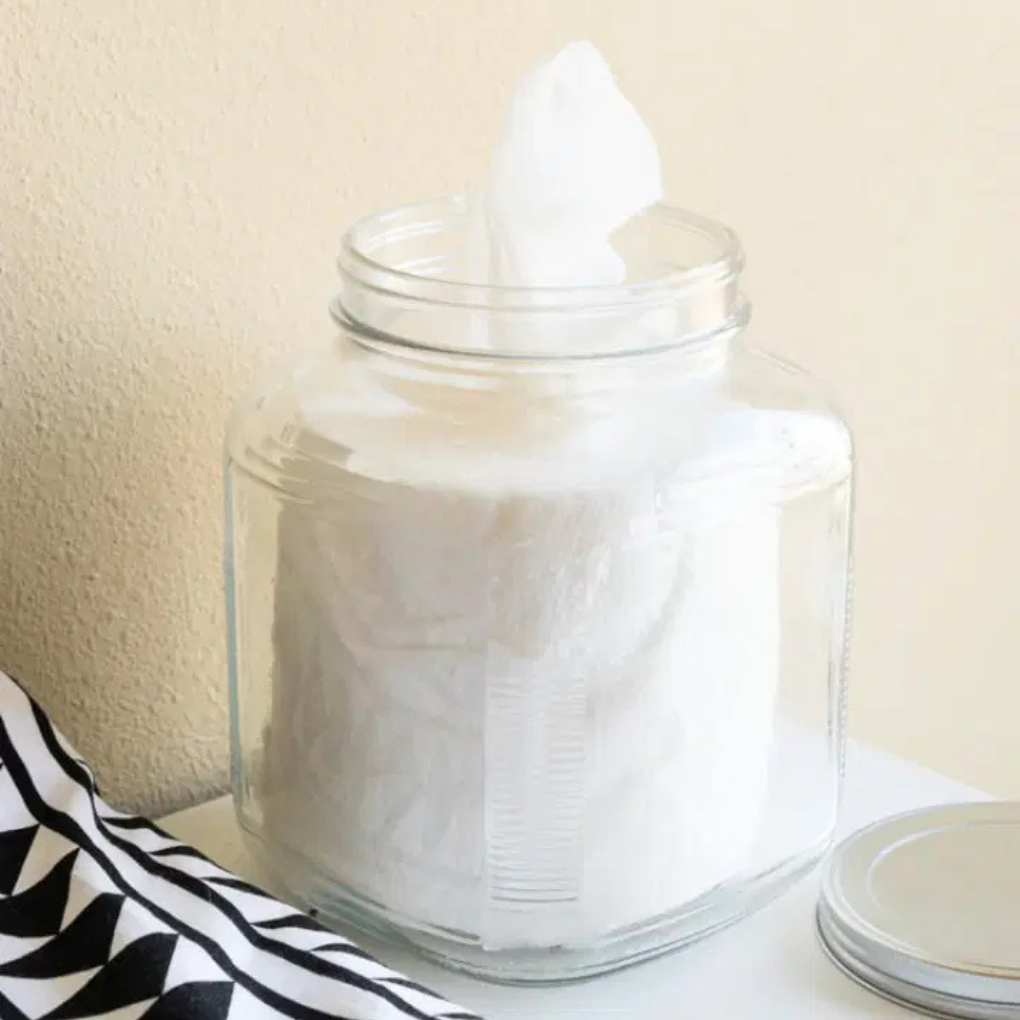
Tutorial: DIY Homemade Baby Wipes by DIY Craftsy
Baby wipes are one of those things every parent uses, but most store-bought options are packed with plastic fibers and chemical additives that don’t do delicate skin any favors.
You can make your own cloth baby wipes at home in just a few minutes. All you need is some soft organic flannel or fleece, cut into squares and stitched at the edges.
Keep them in a container with a gentle cleansing solution, or dampen them with warm water when needed. They wash up beautifully, save you money, and feel so much better for your baby’s skin.
Impact
Disposable wipes may seem harmless, but they can add up quickly. Many are made with polyester or polypropylene fibers that don’t biodegrade and can sit in landfills for decades.
And when people flush them, they clog pipes and contribute to microplastic pollution in rivers and oceans. By switching to homemade wipes, you skip the waste and also avoid the preservatives and fragrances that can irritate skin.
✨ Tip: Make two sets — one for diaper duty and one for little hands and faces — so you always have a clean batch ready to go.
Reusable Baby Bibs
Disposable or plastic-lined bibs are convenient in the moment, but they generate a significant amount of waste and don’t last long. Sewing your own cloth baby bibs is a simple project that pays off fast.
Use absorbent fabrics like terry cloth, hemp jersey, or cotton, and add snaps or Velcro for easy on-and-off. They’re soft, durable, and washable, which means you’ll always have a fresh bib ready for mealtime messes without the single-use waste.
Impact
Many disposable bibs contain plastic liners that can take hundreds of years to break down in landfills. Switching to reusable cloth bibs keeps that plastic out of the waste stream and reduces exposure to skin irritants. It’s a small swap that adds up to a big difference when used daily.
FAQs on Eco-Friendly DIY Swaps
Yes — many DIY swaps are just as effective, especially for everyday tasks like cleaning, skincare, and storage. For example, homemade cleaners made with vinegar and baking soda can cut grease just as effectively as commercial sprays, without the harsh chemicals. The key is using the right ingredients and storing them properly.
DIY swaps typically cost less over time because you reuse ingredients and avoid the need for constant disposable purchases. A set of reusable cloth towels can replace hundreds of rolls of paper towels, saving you over $ 100 a year. Using cloth diapers can save families $500 – $1,000 or more, depending on the brand as a few examples.
It depends on the recipe. Powder-based products, such as laundry detergent, can last for months in an airtight container. Items with oils or water (like lip balms or cleaners) usually last a few weeks to a few months. Always store them in glass or metal containers and make smaller batches if you’re unsure.
The easiest place to begin is in the kitchen. Cloth towels, snack bags, or a simple all-purpose cleaner are quick, low-cost swaps that make a significant impact right away. Once you see how simple they are, it becomes easier to try larger projects, such as shampoo bars or cloth diapers.
Final Thoughts About Eco-Friendly DIY Swaps
Every project on this list shows how small changes can add up. By replacing disposable items with plastic-free DIY alternatives, you’re not only saving money, but you’re also helping to reduce the demand for single-use plastics and cutting down on microplastic pollution.
The best part? These swaps are doable. You don’t need to overhaul your entire life in one go. Start with one project that excites you, and build from there. Over time, your home becomes more sustainable, healthier, and a lot less dependent on plastic.
🗨️ Do you have other eco-friendly DIY ideas that aren’t on this list? Share your go-to swaps in the comments — I’d love to hear them!
📚References
- American Lung Association. (n.d.). Cleaning supplies and household chemicals. American Lung Association. https://www.lung.org/clean-air/indoor-air/indoor-air-pollutants/cleaning-supplies-household-chem
- Blueland. (2024, February 8). The Pods are Plastic Bill. Blueland. https://www.blueland.com/articles/pods-are-plastic-bill
- Burns, C. (2021, July 26). An eco-friendly replacement for cotton rounds. Women’s Health. https://www.womenshealthmag.com/beauty/g37026523/best-reusable-cotton-rounds/
- Center for Biological Diversity. (n.d.). 10 facts about single-use plastic bags. https://www.biologicaldiversity.org/programs/population_and_sustainability/sustainability/plastic_bag_facts.html
- Decomposition Time. (2023, August 5). Plastic bag. https://decompositiontime.com/plastic-bag/
- Decomposition Time. (2023, September 11). How long does it take for sponges to decompose? https://decompositiontime.com/sponges/
- DecompositionTime. (n.d.). How long does it take for a diaper to decompose? Retrieved April 28, 2025, from https://decompositiontime.com/diaper/
- Environmental Working Group. (2023, September 14). Cleaning products emit hundreds of hazardous chemicals, new study finds. Environmental Working Group. https://www.ewg.org/news-insights/news-release/2023/09/cleaning-products-emit-hundreds-hazardous-chemicals-new-study
- Gibbens, S. (2019, July 12). The sticky problem of plastic wrap. National Geographic. https://www.nationalgeographic.com/environment/article/story-of-plastic-sticky-problem-of-plastic-wrap
- Hadley, T., Hickey, K., Lix, K., Sharma, S., Berretta, T., & Navessin, T. (2023). Flushed but not forgotten: The rising costs and opportunities of disposable wet wipes. BioResources, 18(1), 2271–2287. https://bioresources.cnr.ncsu.edu/resources/flushed-but-not-forgotten-the-rising-costs-and-opportunities-of-disposable-wet-wipes/
- Jordan, A. (2023). The issue with tissue: How Americans are flushing forests down the toilet (5th ed.). Natural Resources Defense Council. https://www.nrdc.org/sites/default/files/2023-09/issue-with-tissue-5th-report.pdf
- MaeMae Natural Products. (2023, April 6). The environmental impact of conventional lip balm. MaeMae Natural Products. https://maemae.ca/blogs/blog/the-environmental-impact-of-conventional-lip-balm
- McMonagle, B. (2021, April 24). Oral care companies finally tackle packaging waste. Forbes. https://www.forbes.com/sites/beamcmonagle/2021/04/24/oral-care-companies-finally-tackle-packaging-waste/
- Nag, T. (2024, July 17). The environmental impact of liquid hand soap packaging. Sanixway. https://sanixway.com/environmental-impact-of-liquid-hand-soap-packaging/
- Ritchie, H., Samborska, V., & Roser, M. (2023). Plastic pollution. Our World in Data. https://ourworldindata.org/plastic-pollution
- Chang, K. (2020, August 25). Why you should ditch plastic bottles and switch to bar soaps and solid skincare. Forbes. https://www.forbes.com/sites/katiechang/2020/08/25/why-you-should-ditch-plastic-bottles-and-switch-to-bar-soaps-and-solid-skincare/
- Anvitha, S. (2022). Laundry detergents: A potential resource of pollution and overutilisation. London Journals Press. https://journalspress.com/laundry-detergents-a-potential-resource-of-pollution-and-overutilisation
